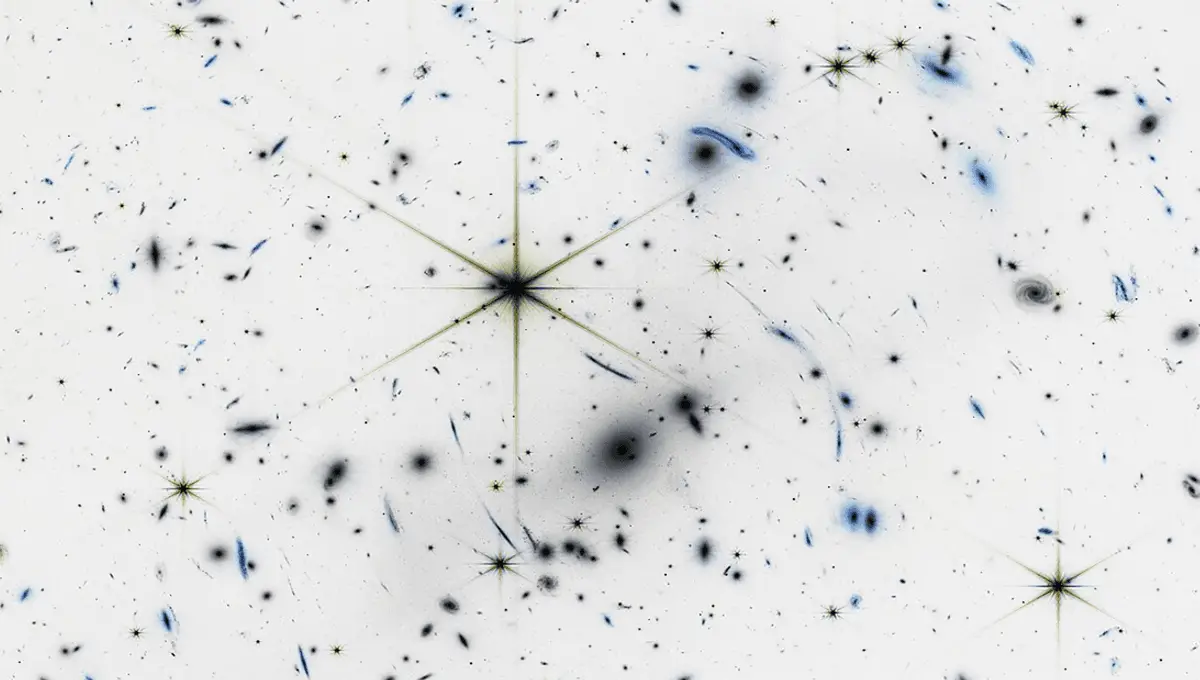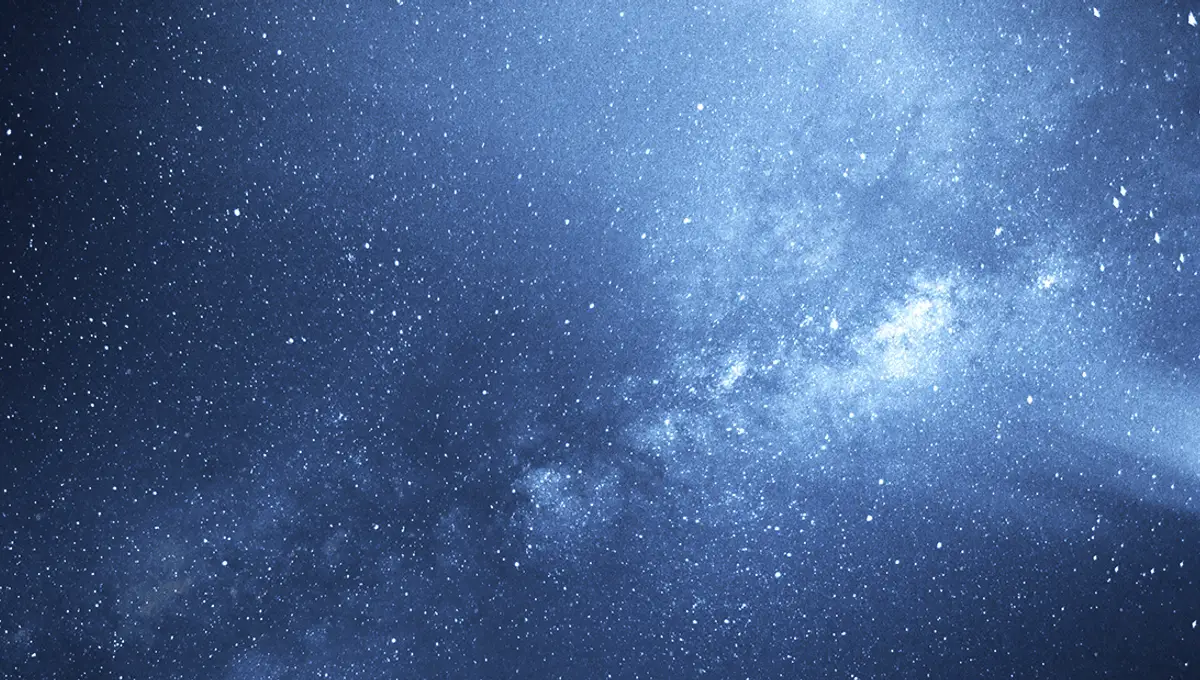A physicist has suggested a pretty “out there” idea, attempting to explain a double mystery of where all the antimatter went, and why the universe’s expansion is accelerating.
Antimatter is made up of antiparticles, and every particle is thought to have an antimatter companion with the opposite charge. For example, an electron has a negative charge but its antiparticle, a positron, has a positive charge. When these two particles meet, they annihilate each other.
One of the many puzzles of antimatter is the continued existence of the universe. In short, we can’t really tell why there is much more matter than antimatter. Scientists expected both types of particle to be produced during the Big Bang in equal amounts, so why didn’t the universe pretty quickly annihilate itself? Where is all the antimatter?
Naman Kumar, PhD student at the Indian Institute of Technology, has suggested one possibility in a recent paper; that the universe was born paired with an anti-universe running backwards in time.
At first glance, this might sound like a way to make everything much more complicated for no real gain. But the benefit of looking at the universe like this, according to Kumar, is that it could explain another mystery; dark energy.
By measuring the distance of Cepheid variable stars – a “standard candle” that shines with predictable luminosity – astronomers figured out that the universe is expanding, and weirder; that the expansion appears to be accelerating as of around nine billion years after the Big Bang.
We call this force that is driving the expansion “dark energy”, but we don’t really know what it is yet. Explanations include that vacuum energy acts as a repulsive force to gravity on large scales, with virtual particles (or particles and antiparticles) popping in and out of existence driving it. However, attempting to calculate how much vacuum energy there is shows that it should be a lot smaller than we observe.
Other explanations have involved cosmic strings, or an exotic substance known as quintessence which permeates spacetime. Or it could be that our understanding of the universe, described by general relativity, is incorrect somehow, and there exists a theory that would explain our observations without requiring dark energy.
This problem has led to plenty of wild solutions, including some that involve eternal expansion and the multiverse. In Kumar’s work, there are just two universes (phew), and dark energy is explained by their expansion.
“If the universe exists as a universe-antiuniverse pair, then it expands in an accelerated manner,” Kumar wrote in his paper. “The same reasoning can be extended to the anti-universe if we take it to be a half-space defined by region 𝑡 < 0.”
For the idea to work, the anti-universe must be running back in time. While a difficult thing to wrap your head around, it’s a concept familiar to physicists studying the math of black holes.
“A familiar statement exists in the study of black holes where the horizon area is a nondecreasing function of time, which is the famous Hawking area theorem,” Kumar continued. “It is interesting to note that Hawking’s area theorem also requires the Null Energy Condition (NEC) to hold. This suggests that the study of causal horizons reveals a deeper understanding of the universe.”
In this universe/anti-universe pair, the bounds would be where time = 0, and the two universes would be causally disconnected. The anti-universe would be off-limits to anyone who doesn’t like their matter being instantly annihilated, even if we could access it.
But assuming this were all true, Kumar finds that both universes would expand all by themselves without the need to introduce dark energy. As well as this, it would explain where all the antimatter went; it is in another universe we can’t get to.
It’s an interesting idea, and, let’s face it, pretty fun. But dark energy and dark matter spawn all sorts of explanations, and the vast majority (while they too might be interesting or fun) are incorrect, so don’t pin your hopes on this one just yet. More time, running in the correct direction, and more observations will help us hone in on the answer.
The paper is published in Gravitation and Cosmology.




